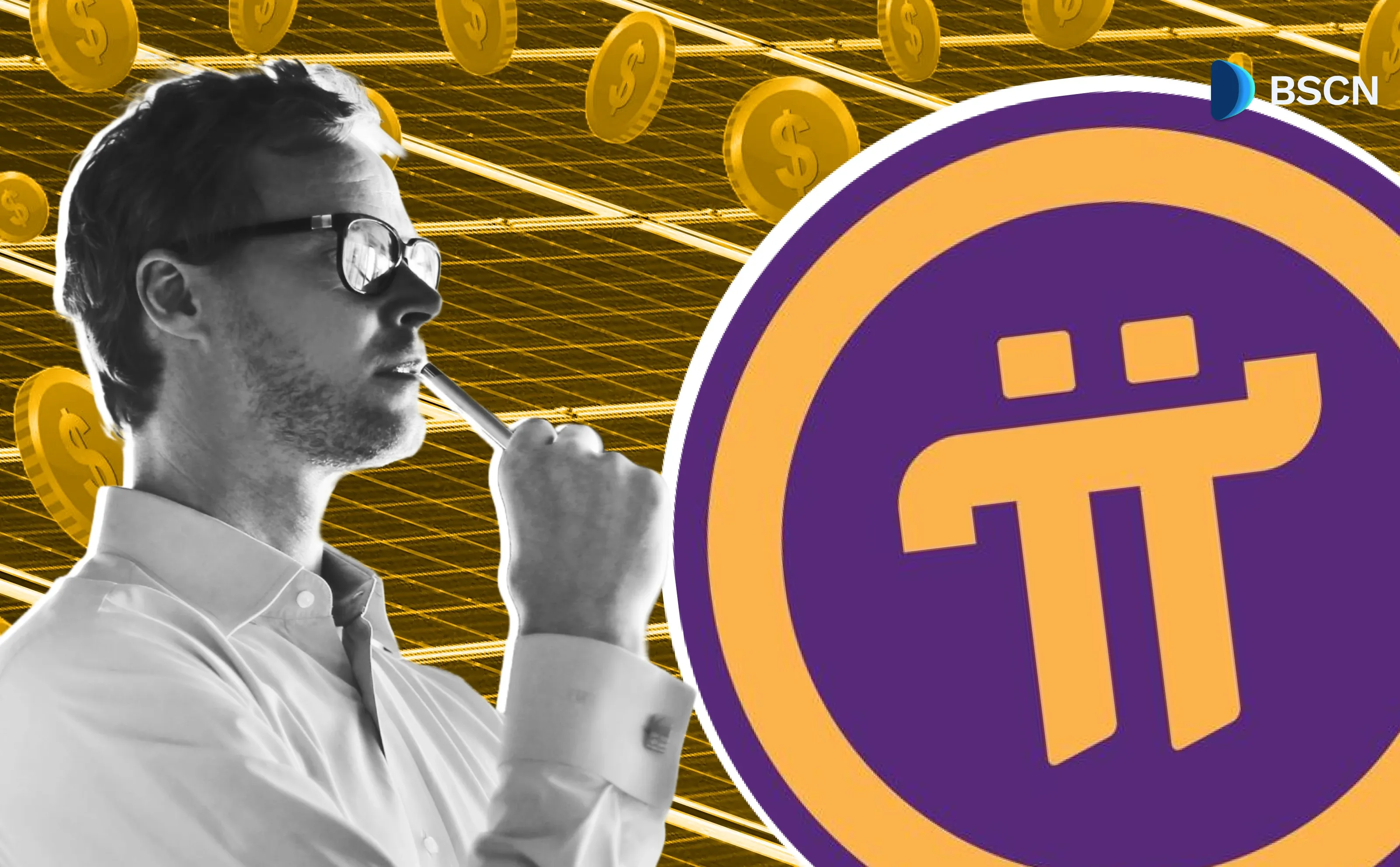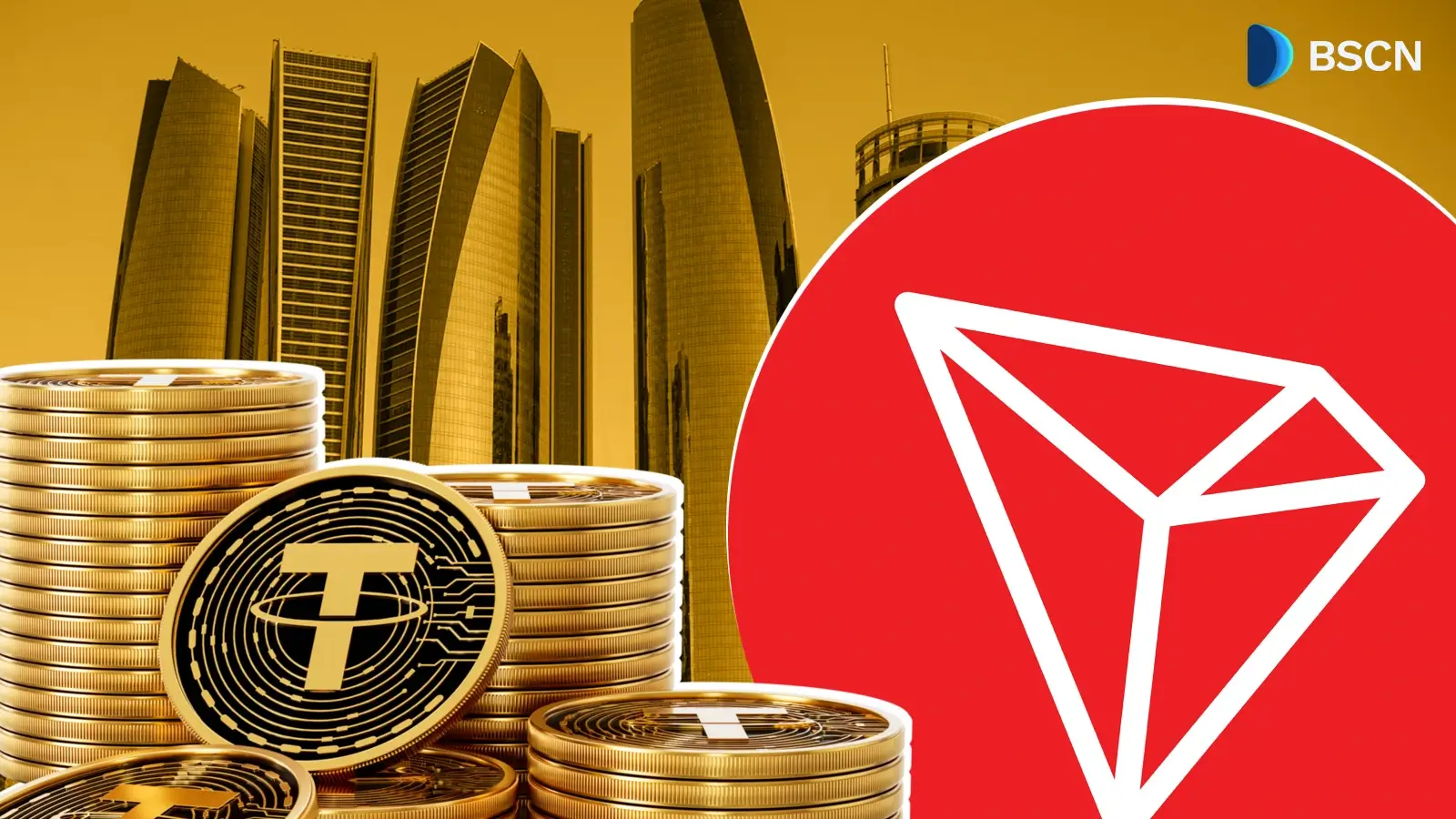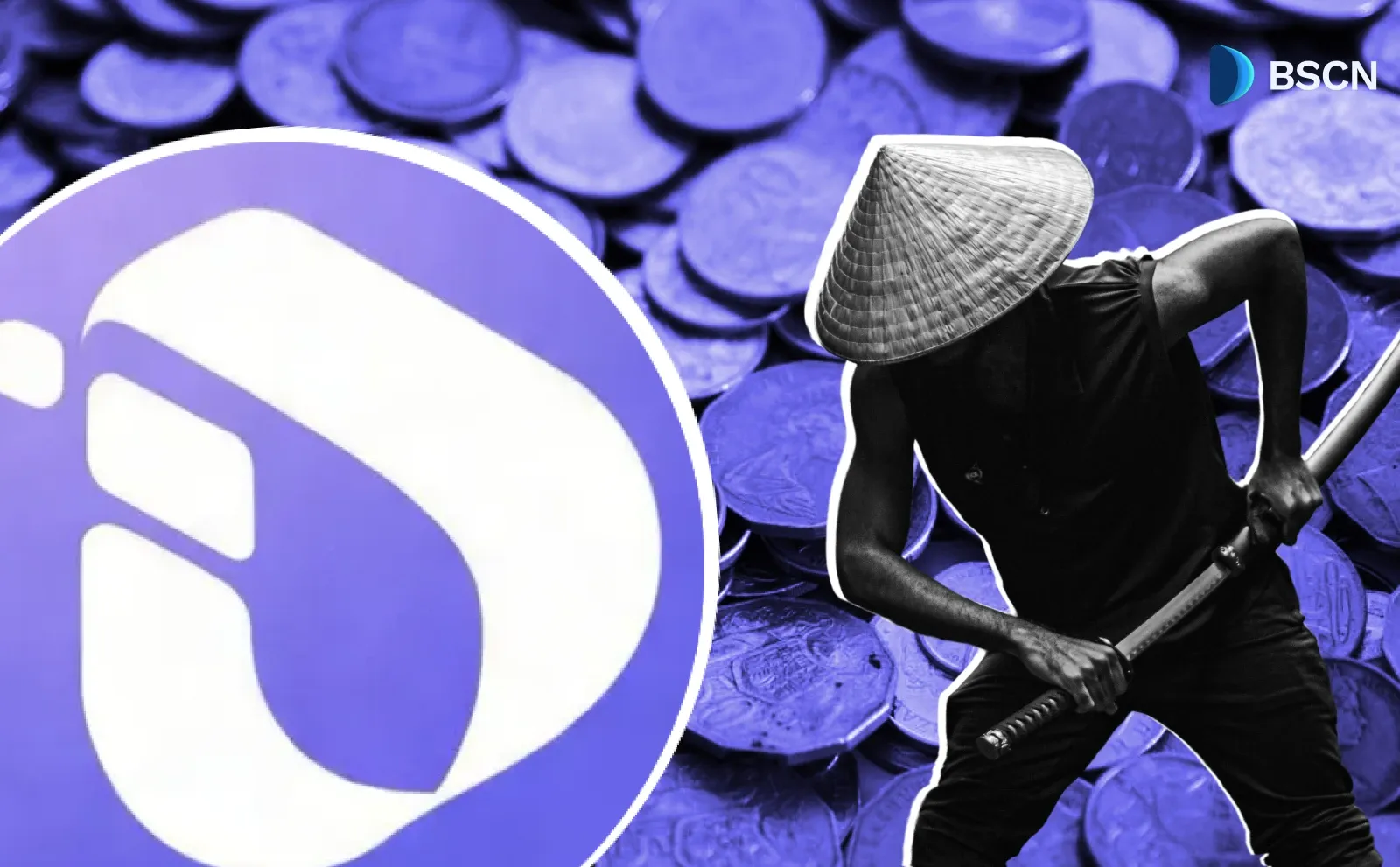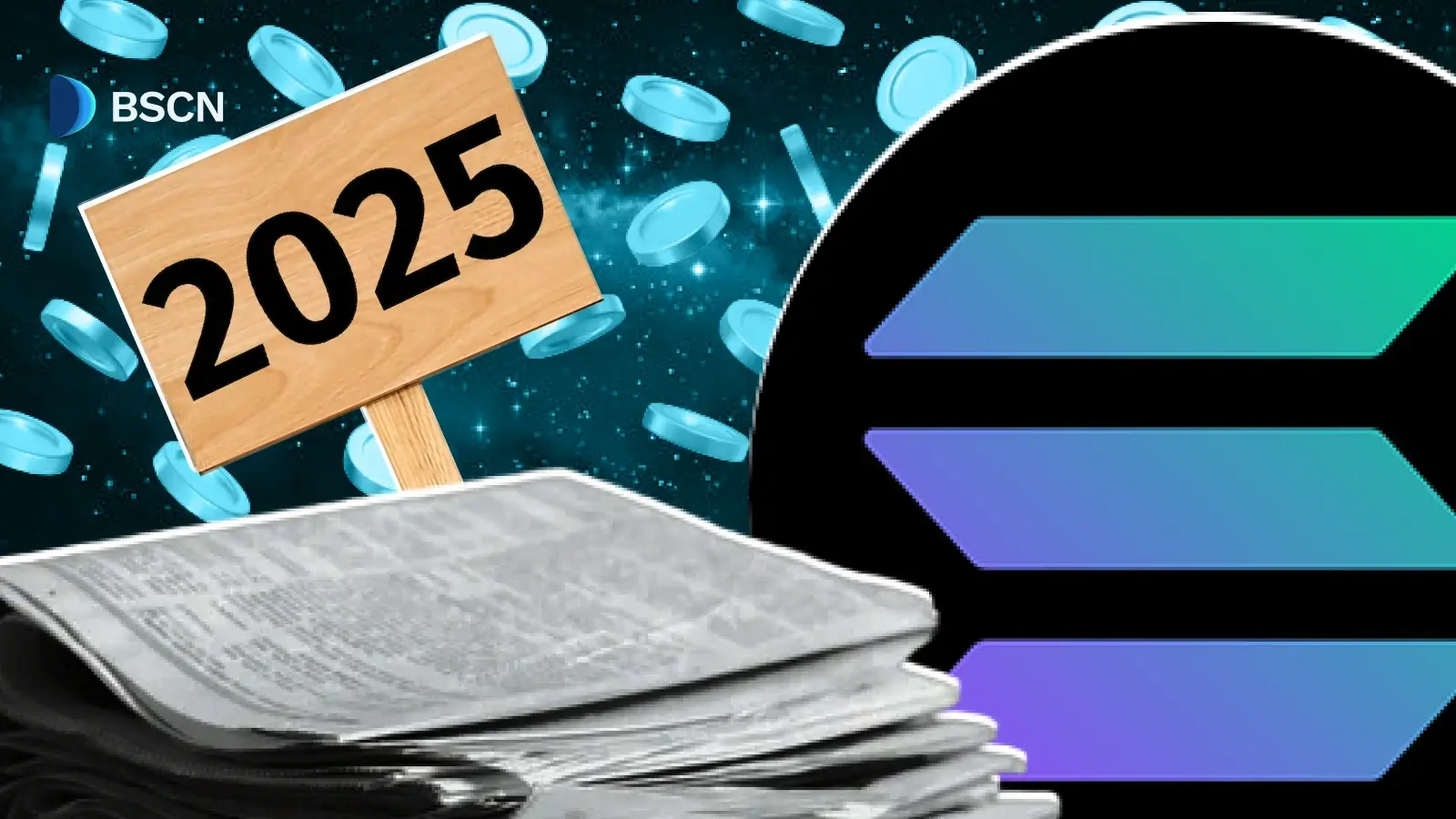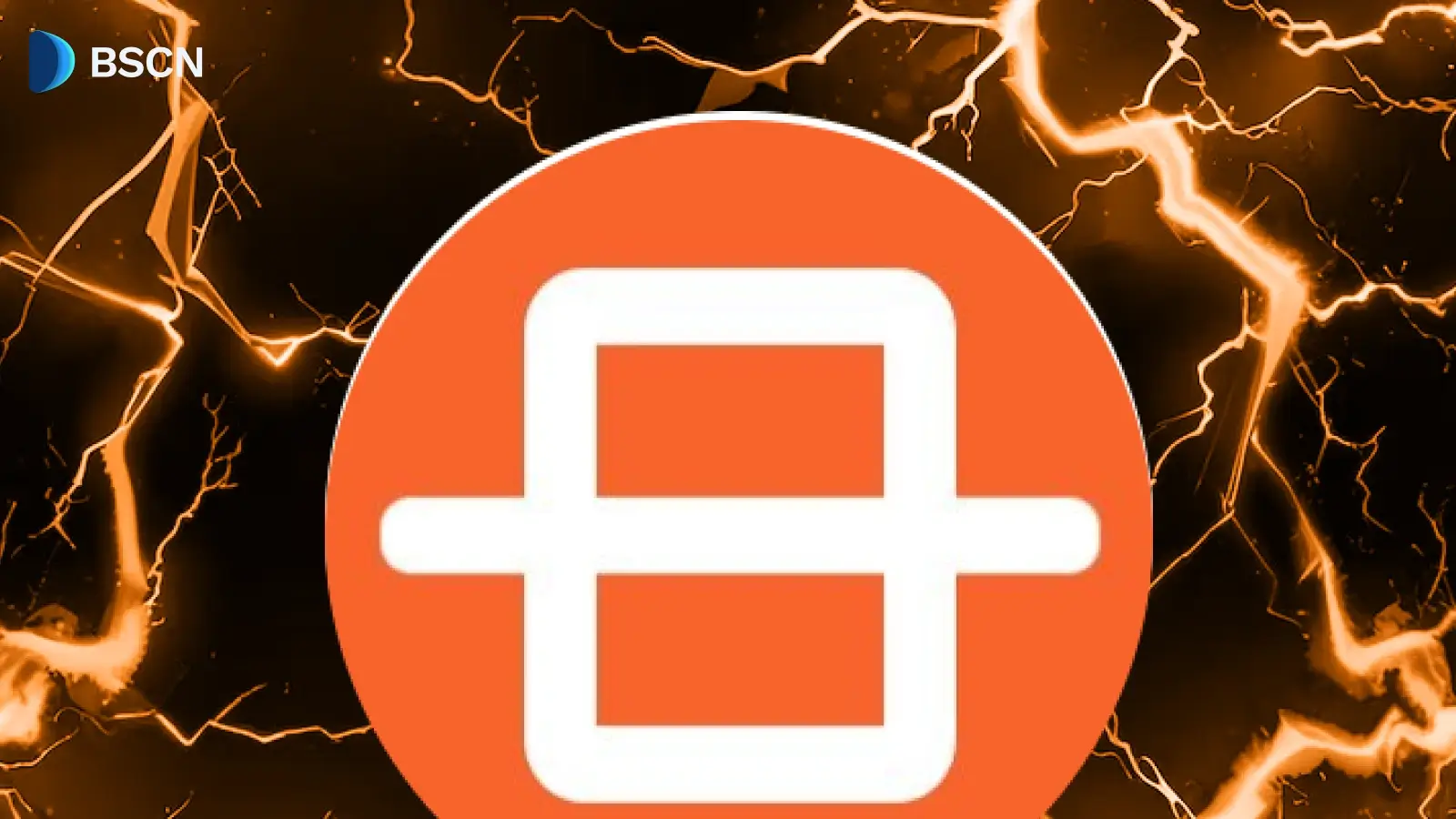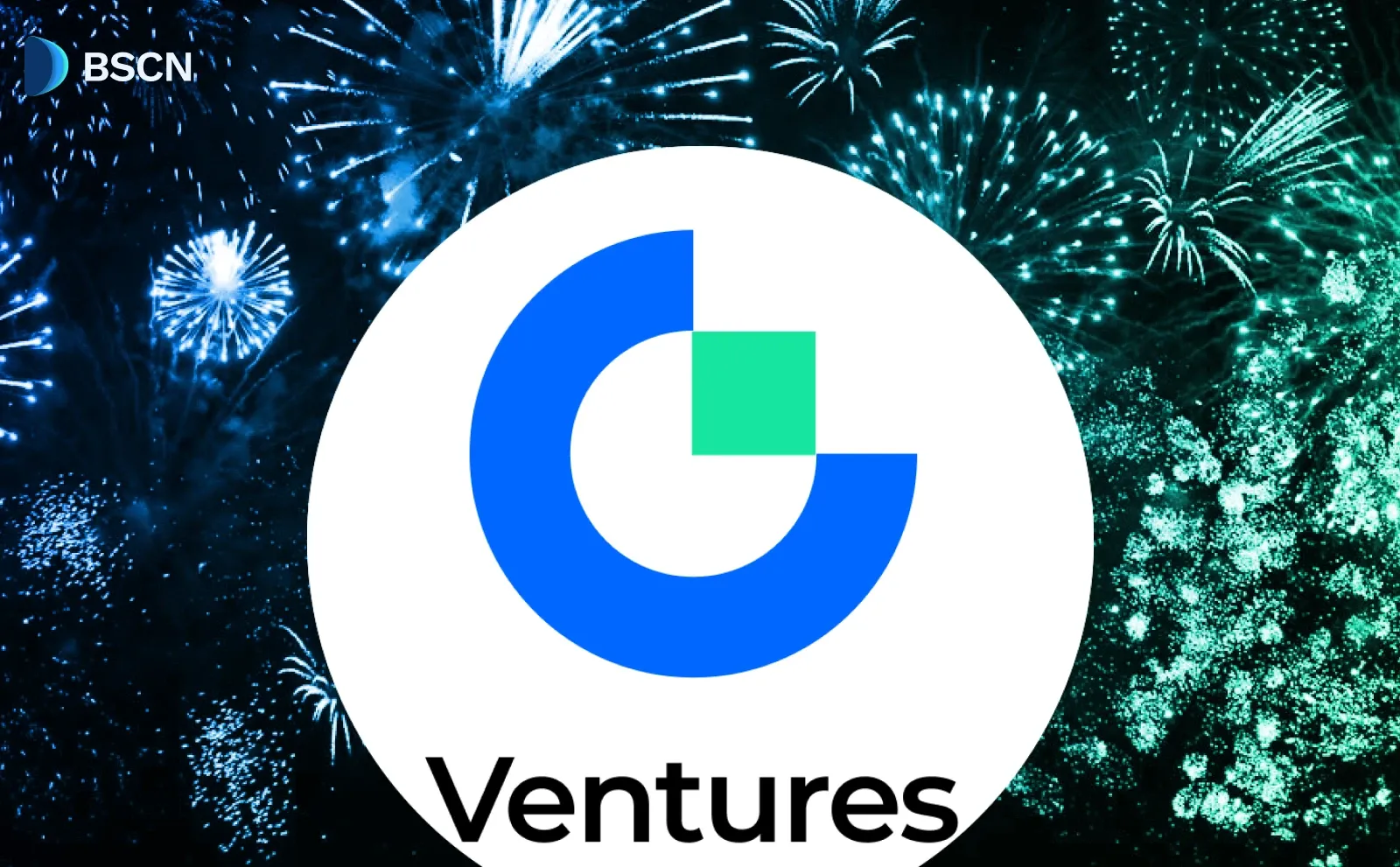Deepdive
(Advertisement)
Monero Complete Guide: Privacy Cryptocurrency Explained

What is Monero? Complete guide to XMR privacy cryptocurrency: technology, mining, challenges, 2025 updates, and how it protects transactions.
Crypto Rich
August 4, 2025
(Advertisement)
Table of Contents
Monero (XMR) is a decentralized cryptocurrency that puts user privacy first. Unlike Bitcoin's transparent blockchain where anyone can see transaction details, Monero hides sender, receiver, and amount information by default. This makes it the go-to choice for confidential digital payments.
The cryptocurrency has earned its reputation as the leading privacy coin over more than a decade of development. Built on the CryptoNote protocol and maintained by volunteers worldwide, Monero combines proof-of-work mining with cutting-edge privacy technology. The result? Truly anonymous digital money that has weathered multiple challenges and grown stronger with each upgrade.
Why Does Monero Matter in Today's Crypto World?
The problem with most cryptocurrencies is simple: they're too transparent. Bitcoin's public ledger creates permanent records that governments, corporations, and bad actors can analyze forever. Your transaction history becomes an open book.
Monero changes this completely. It works like digital cash - private by default, just like the physical money in your wallet. No one can see what you bought, how much you spent, or who you paid. This anonymous cryptocurrency approach sets it apart from Bitcoin's transparency model.
The cryptocurrency uses three layers of privacy protection working together:
- Ring Signatures mix your transaction with decoys to hide who sent it
- Stealth Addresses create unique one-time addresses for each payment
- Ring Confidential Transactions (RingCT) hide how much you transferred
Together, these layers provide strong default privacy without compromising network security.
How Monero's Privacy Tech Actually Works
Ring Signatures are like a digital magic trick. When you send Monero, your real transaction gets mixed with several fake ones from the blockchain's history. Anyone looking at the transaction sees a "ring" of possible senders - but they can't tell which one is real.
Stealth Addresses work differently than normal crypto addresses. Instead of reusing the same address over and over, each transaction creates a brand new address just for that payment. Even if someone knows your main address, they can't connect it to money coming into your wallet.
Ring Confidential Transactions add the final layer. Since 2017, this technology has hidden transaction amounts while still letting the network verify everything adds up correctly. No more guessing someone's wealth by watching their payments.
How Did Monero's Story Begin?
Monero's roots trace back to 2012 with the CryptoNote protocol, first used in a cryptocurrency called Bytecoin. But there was a major problem - developers had secretly mined about 80% of all coins before anyone else knew the project existed.
The crypto community wasn't having it. In April 2014, concerned developers forked Bytecoin to create BitMonero (later shortened to just Monero, meaning "coin" in Esperanto). This new version had no premine and fair distribution from day one.
Key Moments in Monero's Evolution
Two major upgrades shaped Monero into what it is today. The first came in 2017 with Ring Confidential Transactions, which finally hid transaction amounts. The second arrived in 2019 when Monero switched to RandomX - a mining algorithm designed specifically for regular computer processors instead of expensive specialized equipment.
More recent improvements have focused on staying ahead of threats. The 2022 upgrade strengthened ring signatures, while current research into Full-Chain Membership Proofs could make the system even more efficient without sacrificing privacy.
What Technology Powers Monero's Privacy?
Under the hood, Monero runs on a proof-of-work system using RandomX - an algorithm engineered specifically to work best on everyday computer processors. This isn't an accident. While Bitcoin mining has moved to specialized warehouses full of expensive equipment, Monero deliberately keeps things accessible to regular users.
RandomX achieves this through memory-intensive calculations that play to CPU strengths while making specialized mining chips ineffective. The algorithm updates regularly through community votes to maintain this balance and prevent big mining operations from taking over.
What Makes Money "Fungible"?
Here's a concept that matters more than most people realize: fungibility. It means every unit of money should be worth exactly the same as every other unit, regardless of where it's been.
Traditional cryptocurrencies fail this test badly. Since their blockchains are transparent, some coins become "tainted" if they've been involved in questionable activities. This creates a two-tier system where certain coins become harder to spend or less valuable.
Monero solves this problem completely. Since nobody can trace a coin's history, every XMR is identical to every other XMR. It works just like cash in your wallet - each bill has the same value no matter where it came from.
How Do You Actually Use Monero?
Getting started with Monero is straightforward once you pick the right wallet for your needs. Tech-savvy users often prefer command-line interfaces for maximum control. Most people choose graphical wallets that work like any other app. Mobile users can download apps for both iOS and Android.
Every wallet creates a recovery phrase you'll need to back up safely. Monero wallets also generate two specialized keys unique to its privacy system: view keys let you see incoming transactions without spending ability, while spend keys authorize actual transactions. This dual-key system provides flexibility in how you manage your private crypto wallet.
What Happens When You Send Monero?
The magic happens automatically when you make a payment. Your wallet creates a ring signature using fake transactions from the blockchain to hide your real one. It generates a brand new stealth address just for this payment. Then it broadcasts everything to miners who validate it using RandomX before adding it to a new block.
The person receiving your payment gets their money at the stealth address without anyone being able to connect it to their main wallet address. All of this privacy protection happens seamlessly - you don't need to configure anything special or pay extra fees.
Mining: How Regular People Can Participate
You can mine $XMR in several ways:
- Solo mining means going it alone, hoping to find blocks by yourself
- Pool mining combines your computer's power with others to find blocks more consistently
- P2Pool offers the benefits of pooled mining without giving control to a central operator
Thanks to RandomX, your home computer can actually compete. Dedicated CPU miners perform better, but even a regular laptop can contribute to network security and earn some XMR in the process.
Why Choose Monero Over Other Privacy Options?
Monero's biggest advantage is simplicity - privacy comes standard, not as an expensive add-on. You don't need to remember to flip switches or pay extra fees like you do with other cryptocurrencies. Every single transaction automatically includes full privacy protection.
The fees stay consistently low regardless of privacy features. Since confidentiality is built into the base protocol instead of being optional, you avoid the premium costs that other networks charge for private transactions. This makes it the most practical anonymous cryptocurrency for everyday use.
Real-World Uses for Private Money
Businesses can accept Monero through tools like BTCPay Server, giving customers a private payment option without extra complexity. The currency works especially well for international transfers where banks impose high fees or excessive monitoring.
Privacy-focused apps increasingly integrate Monero for confidential transactions. People supporting sensitive causes often choose Monero's anonymity over transparent alternatives:
- Investigative journalism and whistleblower protection
- Human rights activism in restrictive regimes
- Political movements requiring financial privacy
- International remittances avoiding banking surveillance
In countries with financial instability, the currency serves as a store of value where transaction privacy provides protection against government surveillance or asset seizure.
What Challenges Does Monero Face?
Government pressure poses Monero's biggest threat. Officials worldwide worry about privacy coins being used for illegal activities, leading to increasingly restrictive policies that hurt legitimate users.
Major exchanges have already started delisting Monero in various regions due to regulatory requirements. Binance removed it from multiple countries, while Japan and South Korea have implemented broader privacy coin restrictions. The European Union plans to implement new anti-money laundering (AML) regulations by 2027 that will prohibit banks and service providers from dealing with privacy coins, requiring strict identity verification for transfers over €1,000.
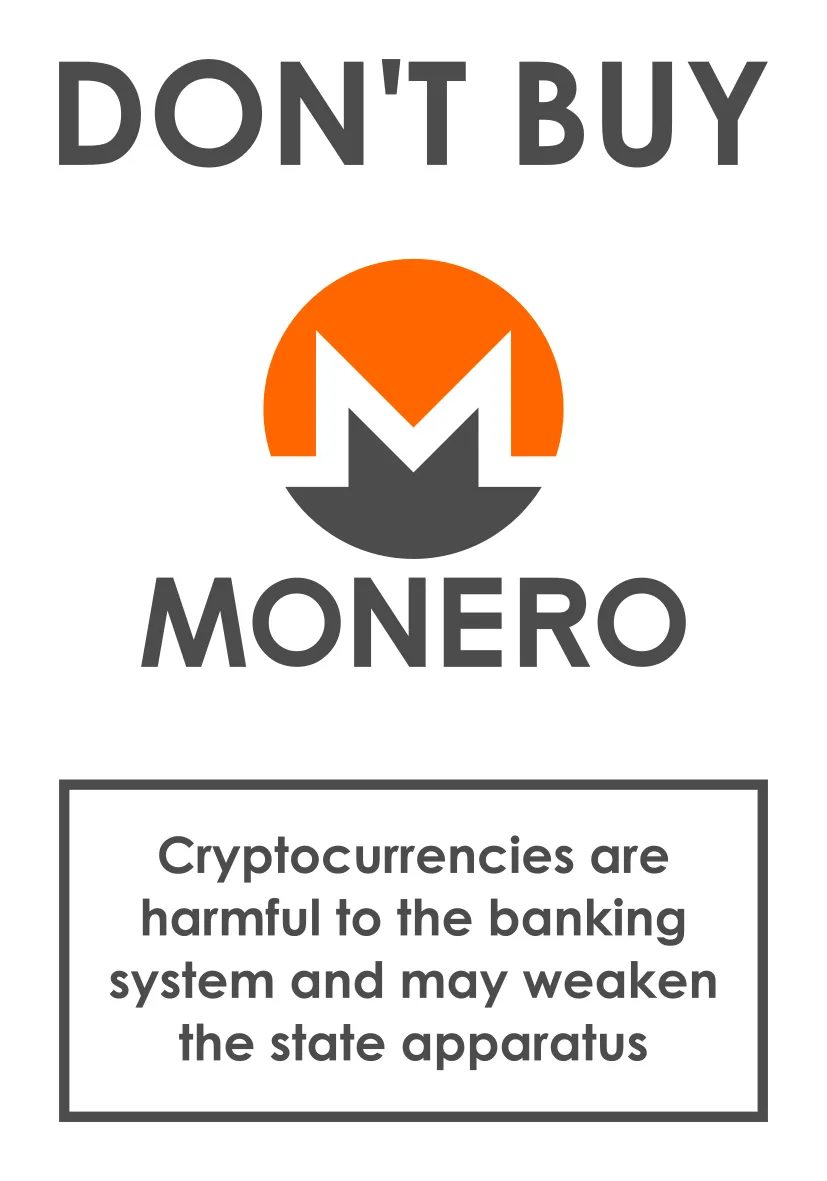
Technical Hurdles and Performance Issues
Monero's privacy features come with trade-offs. The blockchain has grown to over 230GB as of July 2025 - much larger than Bitcoin's transparent ledger. This creates storage challenges for people running full nodes and could limit network decentralization as the chain grows. However, pruned nodes offer a lighter option at around 95GB for users with storage constraints.
Transaction speed remains slower than newer blockchain designs. Monero processes about 2-3 transactions per second compared to payment networks handling thousands. However, dynamic block sizes allow the network to scale during peak demand periods. Mining centralization also remains a concern despite RandomX's design, as shown by recent attempts to control the majority hashrate.
Critics point to proof-of-work energy consumption, though RandomX's CPU focus reduces environmental impact compared to GPU or ASIC-heavy networks. The community continues researching solutions to these scalability challenges while preserving privacy guarantees.
What Major Events Shaped Monero in 2025?
This year brought both challenges and breakthroughs for Monero. A massive Bitcoin hack in April involving $330 million stolen funds put Monero in the spotlight when criminals used it for money laundering. The incident demonstrated Monero's privacy effectiveness but also attracted unwanted regulatory attention.
July delivered better news with the Monero Research Lab announcing winners of the FCMP++ Optimization Competition. Fabrizio's ec-divisors solution achieved over 95% speed improvements, while lederstrumpf's helioselene project advanced full-chain membership proofs development - both crucial for future upgrades.
Community Funding Success and Development Progress
July showcased the power of Monero's grassroots funding model. The Community Crowdfunding System successfully funded multiple development proposals, including full-time work by core contributors like tobtoht, j-berman, and jeffro256. Additional funding supported BTCPay Server integration and browser wallet development.
The team released CLI and GUI versions 0.18.4.1 ('Fluorine Fermi') on July 31, 2025, with important bug fixes and improvements. These updates showed the community's ongoing commitment to software quality and user experience.
Fighting Off Mining Centralization
Late July brought a serious threat when Qubic mining pool tried to capture 51% of Monero's hashrate by offering higher rewards than competitors. The community reacted swiftly, with miners abandoning Qubic in favor of decentralized P2Pool options.
This "economic attack" sparked intense discussions about tweaking the proof-of-work algorithm. The incident highlighted both the ongoing vulnerability to centralization attempts and the community's fierce commitment to keeping control distributed. The rapid response proved that Monero's decentralized ethos runs deep among its users.
How Strong Is Monero's Developer Community?
Monero operates differently than most crypto projects - no company controls it, no venture capital funds it, and no single person calls the shots. Instead, hundreds of volunteers worldwide collaborate on everything from code to education to events.
The Monero Research Lab leads cutting-edge cryptographic research while specialized groups handle development, outreach, and conferences like MoneroKon. The community has created extensive educational resources including user guides, developer documentation, and the comprehensive book "Mastering Monero." Online platforms like Monero Space keep discussions active and productive.
Tools and Infrastructure Keep Growing
The ecosystem features robust tooling for different needs. Gupax makes running a node simple for beginners, while Monero Suite provides complete setup solutions for advanced users. Decentralized exchanges like Haveno and BasicSwap let people trade privately without traditional identity verification.
Recent developments show growing mainstream adoption. ProtonVPN announced Monero payment acceptance, while Eigenwallet (formerly UnstoppableSwap) has been added to the ecosystem with atomic swap capabilities for private Bitcoin-to-Monero trades. These integrations expand Monero's utility beyond simple payments into broader privacy-focused services.
July 2025 also brought the Monero Ecosystem v7.6 update, featuring an updated layout for the ecosystem overview page with new categories for nodes, explorers, and mining tools. The update adds Eigenwallet connections while removing outdated elements, making the ecosystem layout more organized and accessible for users.
What's Next for Monero Development?
Monero's technical roadmap focuses on making the system faster and more private without sacrificing either goal. The biggest upcoming change involves FCMP++ (Full-Chain Membership Proofs), which could dramatically speed up transaction verification while strengthening privacy guarantees.
Researchers are exploring zero-knowledge proofs and layer-2 solutions to tackle the layer-1 blockchain bloat. These could lead to major improvements in transaction speed and storage requirements. The community remains committed to advancing both privacy and performance together.
Adapting to New Challenges
The community will keep updating the system to counter emerging threats. As governments increase pressure and mining pools attempt takeovers, Monero adapts through community-driven upgrades. This responsive approach has historically kept the cryptocurrency ahead of those trying to break its privacy.
Regulatory challenges are pushing development toward even more decentralized solutions. Atomic swaps, peer-to-peer trading platforms, and direct wallet-to-wallet exchanges provide alternatives when traditional services face restrictions.
Conclusion
Monero sets the gold standard for cryptocurrency privacy with proven technology refined over more than a decade. Its community-driven approach has built something unique - a financial system that puts user privacy first while remaining accessible to regular people.
The developments throughout 2025 have proven Monero's resilience under pressure. From research breakthroughs to community funding successes to rapid responses against centralization attempts, the ecosystem continues growing stronger.
In a world where digital surveillance increases daily, Monero provides practical solutions for anyone needing confidential, secure, and untraceable digital transactions. It works today, not just in theory.
For the latest updates and official information, visit the official Monero website and follow @monero on X.
Sources:
- Monero Research Lab - FCMP++ Optimization Competition Results
- Monero CLI/GUI Release Notes v0.18.4.1 'Fluorine Fermi'
- Monero documentation - General (technical) data
- European Union Crypto assets regulation
- Monero Community Crowdfunding System (CCS)
- RandomX Algorithm Technical Documentation
- CoinMarketCap - market data
- WikiPedia - Ring signatures
- Monero official X account - Various announcements
Read Next...
Frequently Asked Questions
How does Monero compare to other privacy coins like Zcash?
Monero provides mandatory privacy for all transactions, while Zcash offers optional privacy features that most users don't activate. This makes Monero's privacy set much larger and more effective. The Monero vs Bitcoin privacy difference is even starker - Bitcoin offers no privacy protection whatsoever. Additionally, Monero uses proven cryptographic techniques that have been battle-tested for over a decade, while newer privacy technologies carry higher risks of implementation flaws or cryptographic vulnerabilities.
Can Monero transactions be traced by law enforcement or blockchain analysis companies?
While Monero provides strong privacy protections, no privacy system is absolutely perfect. Advanced analysis techniques and operational security mistakes can potentially compromise privacy in some cases. However, Monero's privacy protections are significantly stronger than transparent blockchains, and the cryptocurrency continues improving its privacy features through ongoing research and development.
Is it legal to use Monero for everyday transactions?
Monero remains legal for personal use in most countries, including the United States, Canada, and most of Europe. However, some exchanges face regulatory pressure to delist privacy coins, and certain jurisdictions have implemented restrictions. Users should research their local laws, as regulations continue evolving. Privacy-focused financial tools remain legal for legitimate uses in most democratic countries.
Disclaimer
Disclaimer: The views expressed in this article do not necessarily represent the views of BSCN. The information provided in this article is for educational and entertainment purposes only and should not be construed as investment advice, or advice of any kind. BSCN assumes no responsibility for any investment decisions made based on the information provided in this article. If you believe that the article should be amended, please reach out to the BSCN team by emailing [email protected].
Author
 Crypto Rich
Crypto RichRich has been researching cryptocurrency and blockchain technology for eight years and has served as a senior analyst at BSCN since its founding in 2020. He focuses on fundamental analysis of early-stage crypto projects and tokens and has published in-depth research reports on over 200 emerging protocols. Rich also writes about broader technology and scientific trends and maintains active involvement in the crypto community through X/Twitter Spaces, and leading industry events.
(Advertisement)
Latest News
(Advertisement)
Crypto Project & Token Reviews
Project & Token Reviews
Comprehensive reviews of crypto's most interesting projects and assets
Learn about the hottest projects & tokens





